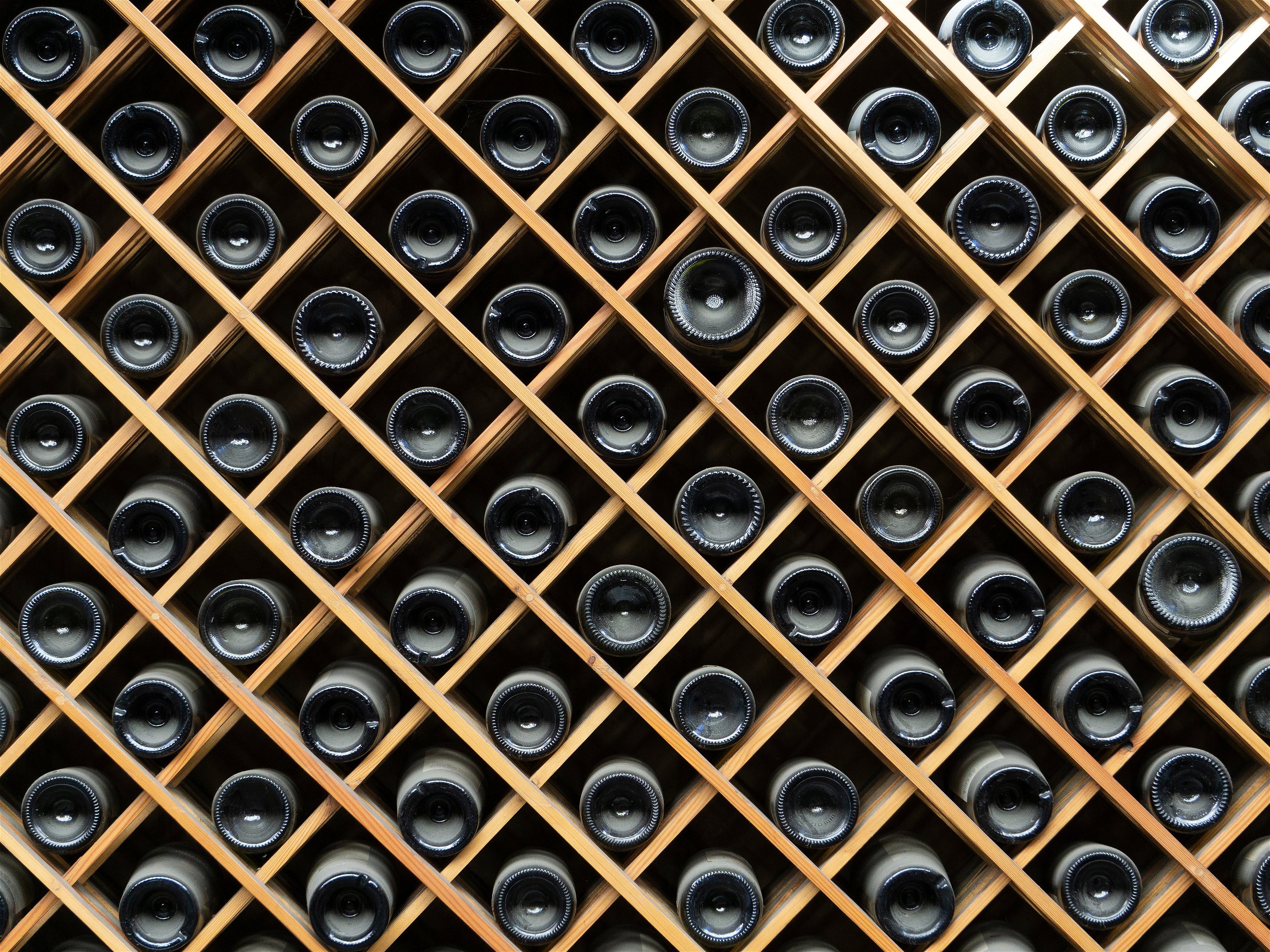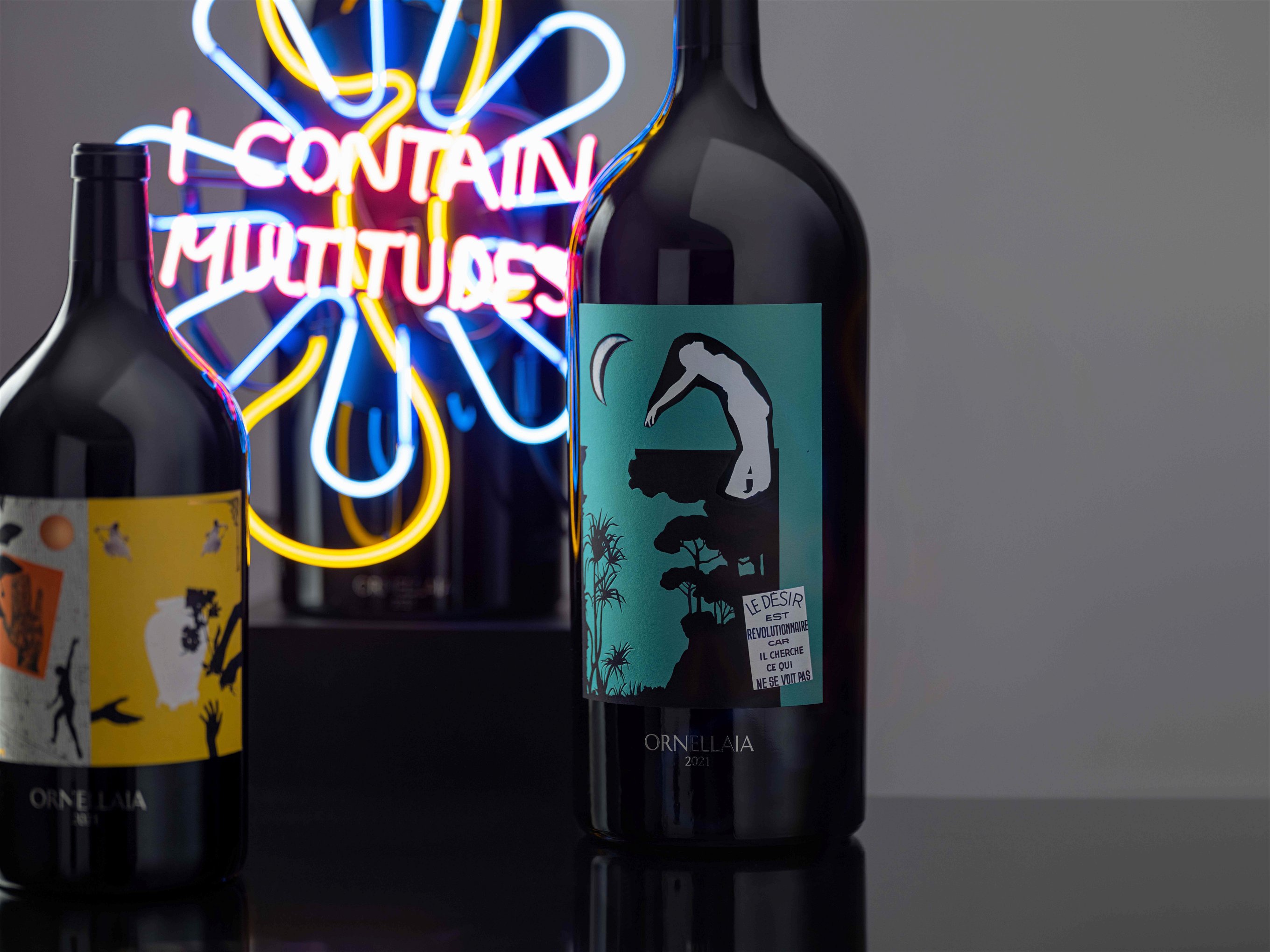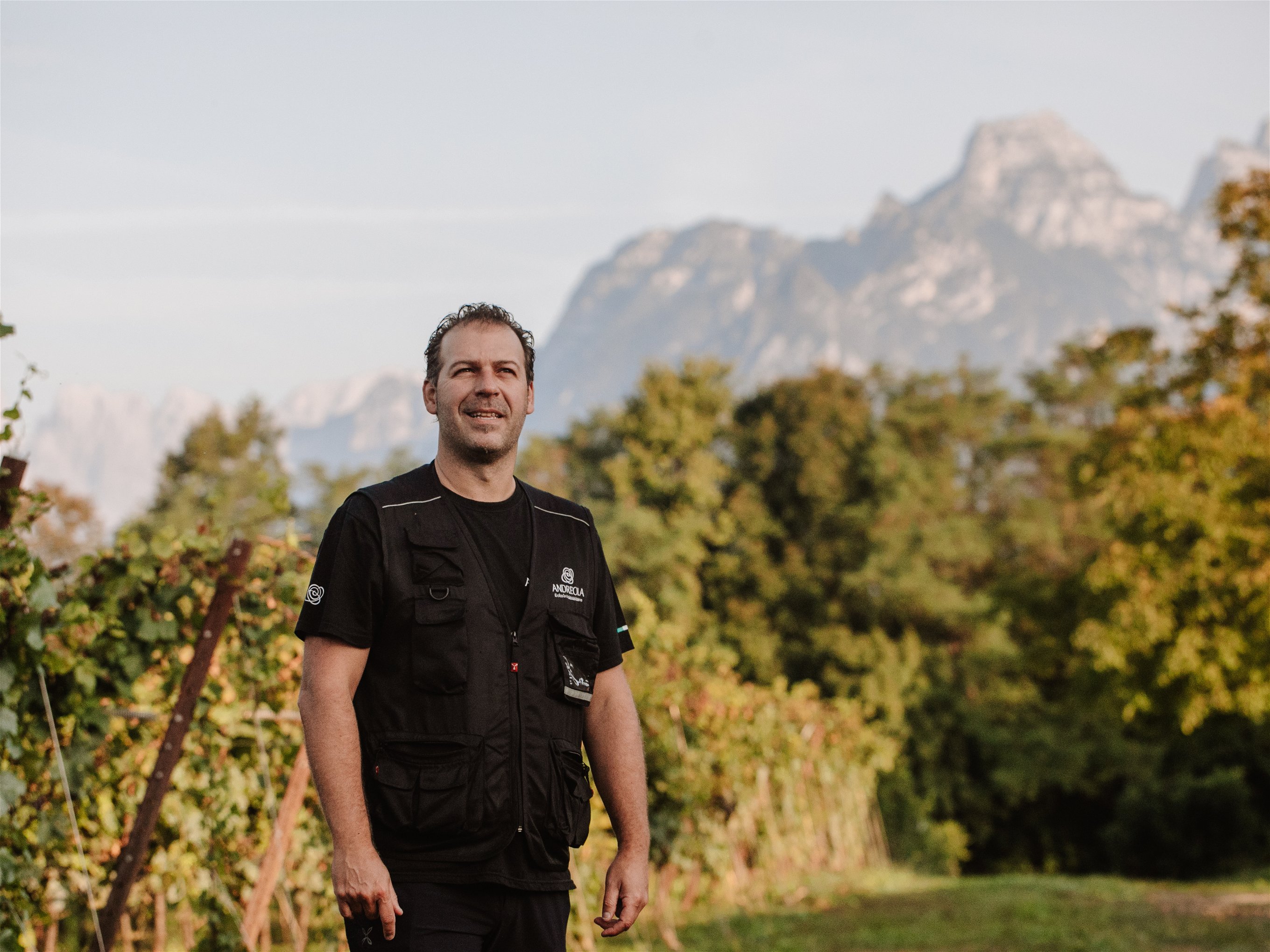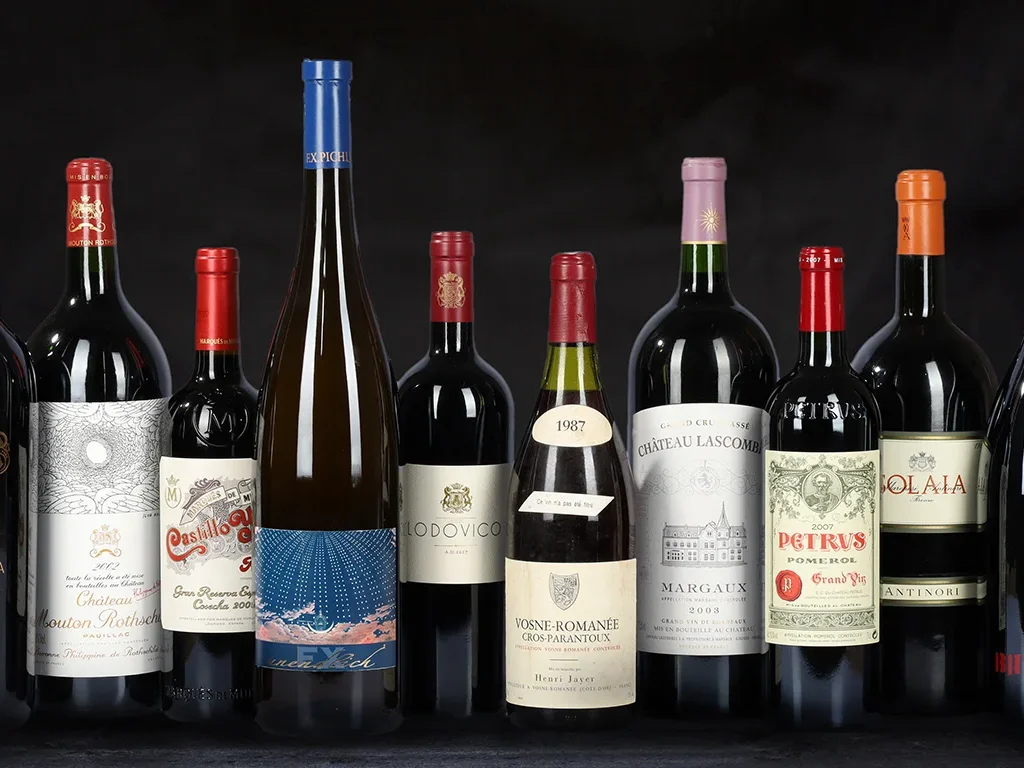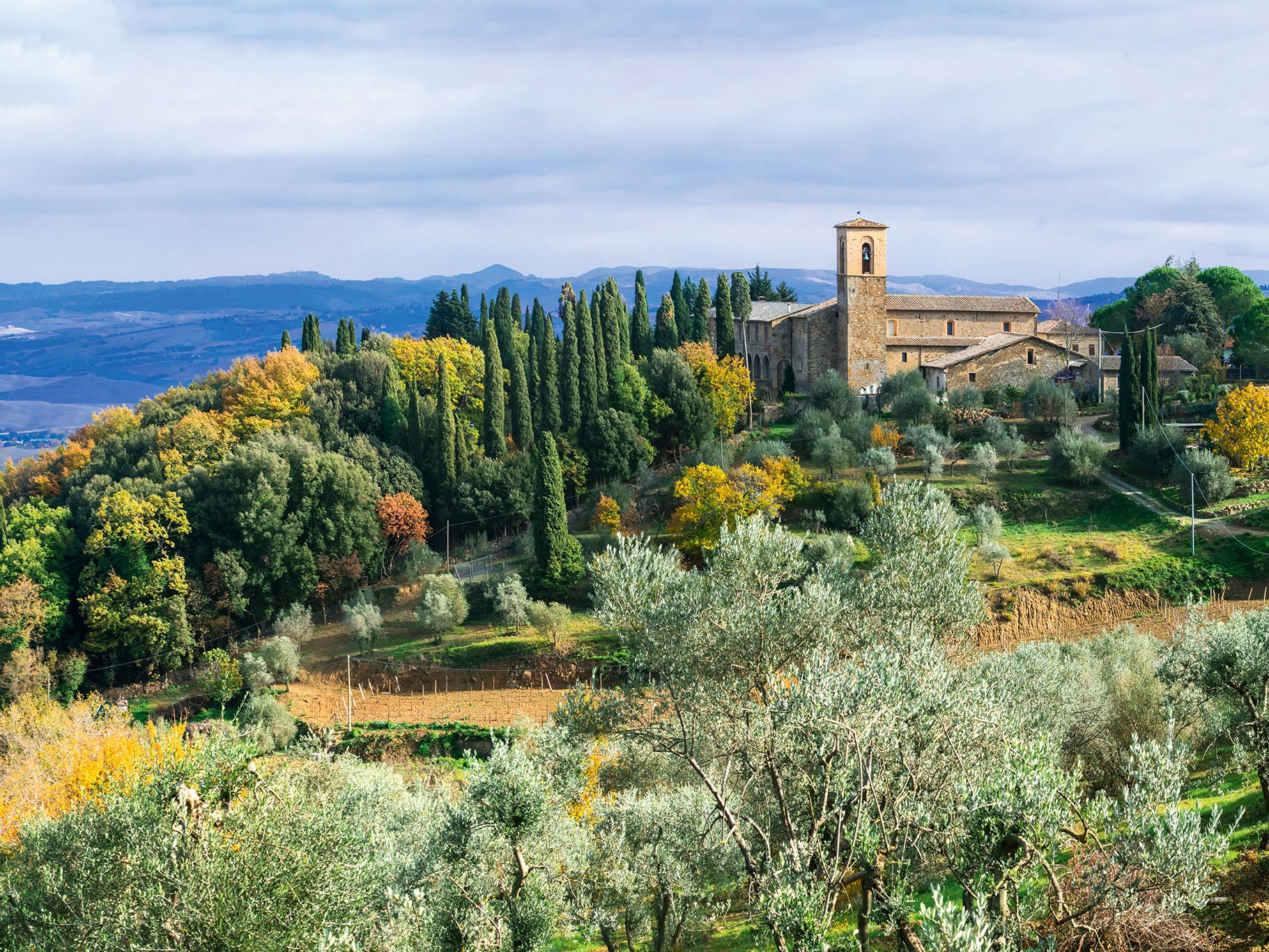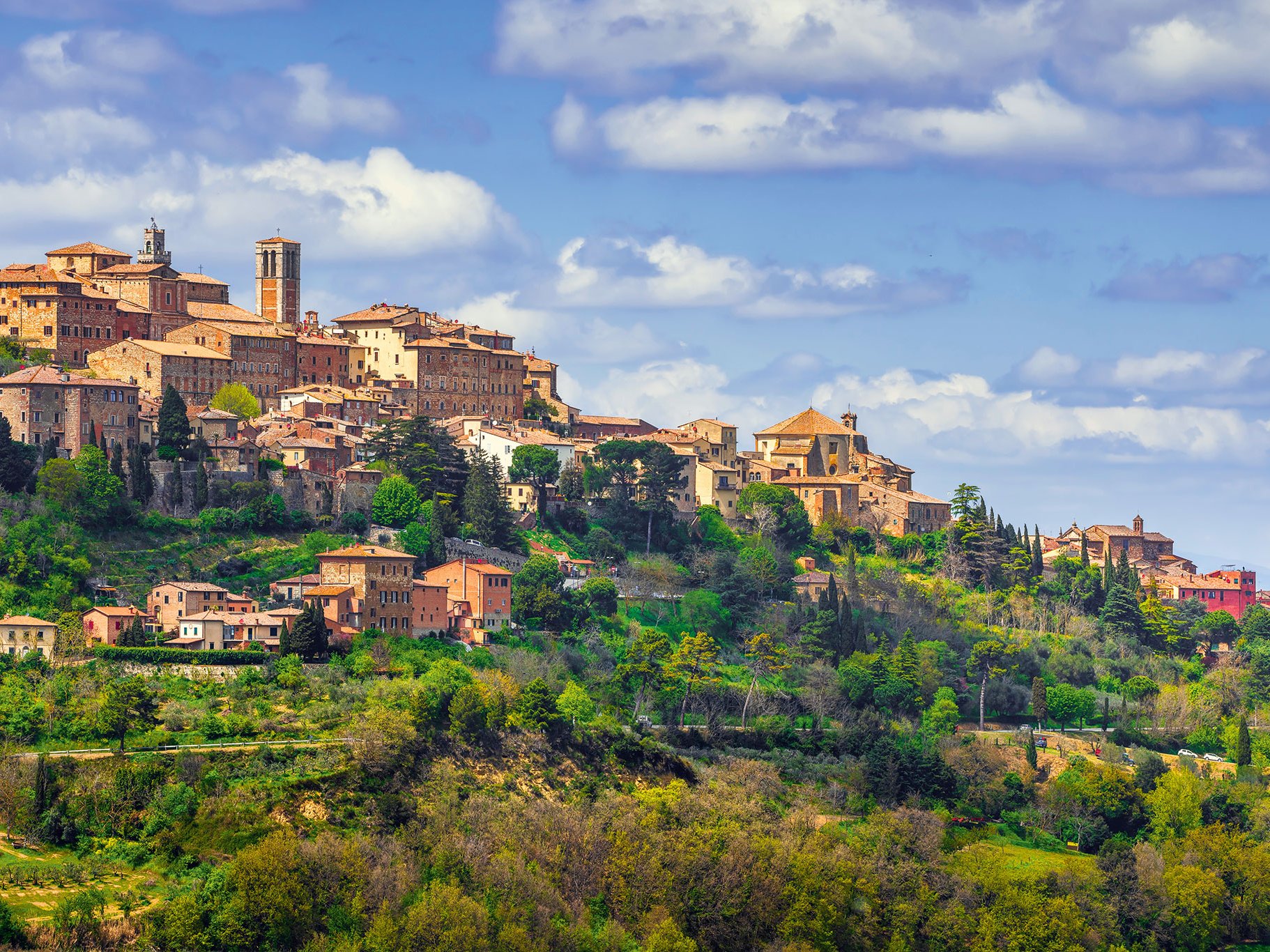As an immediate neighbour to the south, it naturally has a hard time in the shadow of the famous Tuscany, but the region of Umbria, one of the few in Italy without access to the sea, seems to be increasingly stepping out of that shadow. The wine-growing region, which covers about 13,700 hectares, has developed enormously in recent years. And Umbria is probably one of the oldest wine-growing regions in Italy; at least that's what over 3,000-year-old wine cellars painstakingly carved into the rocks suggest. At that time, Etruscans and Umbrians lived here, and gave the region its name.
On the calcareous soils grow primarily three types of grapes: for white wines Trebbiano, for red wines Sangiovese and Sagrantino. The most famous wine of the region is Orvieto, a medium-bodied, subtly fruity wine.
The red wines don't quite reach Tuscan stature, but many today are very appealing and offer pleasure good value. The best known red wine today, however, may be Sagrantino di Montefalco, which is quite interesting and can satisfy sophisticated palates.
Recently, the region has attracted the interest of top Italian oenologists. When Marquesi Antinori's Castello della Sala first launched a barrel-aged wine years ago it was a milestone. Today, winemakers are experimenting not only with indigenous varieties, but also with Chardonnay, Cabernet Sauvignon and Merlot. All this points to a promising future.



